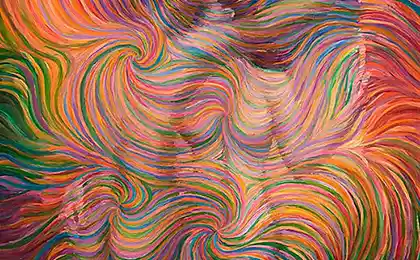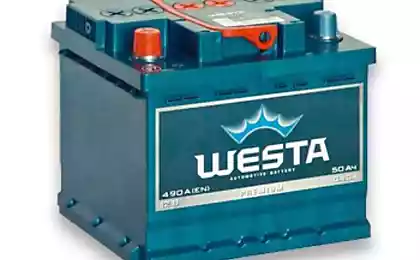605
New cell stores energy and releases it at night

Photoelectrochemical cell is a special type of solar panel that collects the Sun's energy and converts it into any electricity or chemical energy used to split water and produce hydrogen, which is then used in fuel cells.
Researchers from the University of Texas at Arlington have found a way of storing the electricity generated in the photoelectrochemical cell for long periods of time, allowing electricity to be available around the clock.
Currently produced by the cell, electricity cannot be stored efficiently, because the electrons quickly "disappear", moving in a lower energy state. This means that these cells are not a viable solution for the grid clean energy, as electricity must be used immediately after produced. That is, on Sunny days, at the time, when you work a standard photovoltaic panel.
Now the researchers Fuqiang Liu (Fuqiang Liu) and his colleagues have created a photoelectrochemical cell, which is specially designed photoelectrode (the component that converts incoming photons into electrons). Unlike previous constructions, their hybrid photoelectrode material — tungsten trioxide / titanium dioxide (WO 3/TiO 2) — can store electrons efficiently for long periods of time, creating conditions for a smart energy system.
The system also includes a battery operating on the principle of redox reactions of vanadium. This is a traditional type of energy storage, which is very well suited for the needs of the electrical network, as it can idle for a very long time without losing charge, and much safer than lithium-ion cell (though less energy - dense), virtually immune to temperature changes, and can be easily scaled by increasing the size of the container for the electrolyte.

According to the researchers, the vanadium flow battery works particularly well with a hybrid electrode, which allows them to increase the electric current, offering greater reversibility (95% efficiency output current) and allowing organizovyvaet storage high capacity.
"We have demonstrated at the same time the storage of renewable solar energy and electrons in the cell," says lead author Dong Liu (Dong Liu). "With the release of the stored electrons in low-light conditions, storing the accumulated solar energy continues, allowing a continuous flow of energy around the clock".
The team is now working on the construction of a larger prototype, with the hope that this technology can be used to improve the integration of photoelectrochemical cells in the smart grid. published
P. S. And remember, only by changing their consumption — together we change the world! ©
Source: www.facepla.net/the-news/tech-news-mnu/5126-ячейка-хранит-энергию.html























